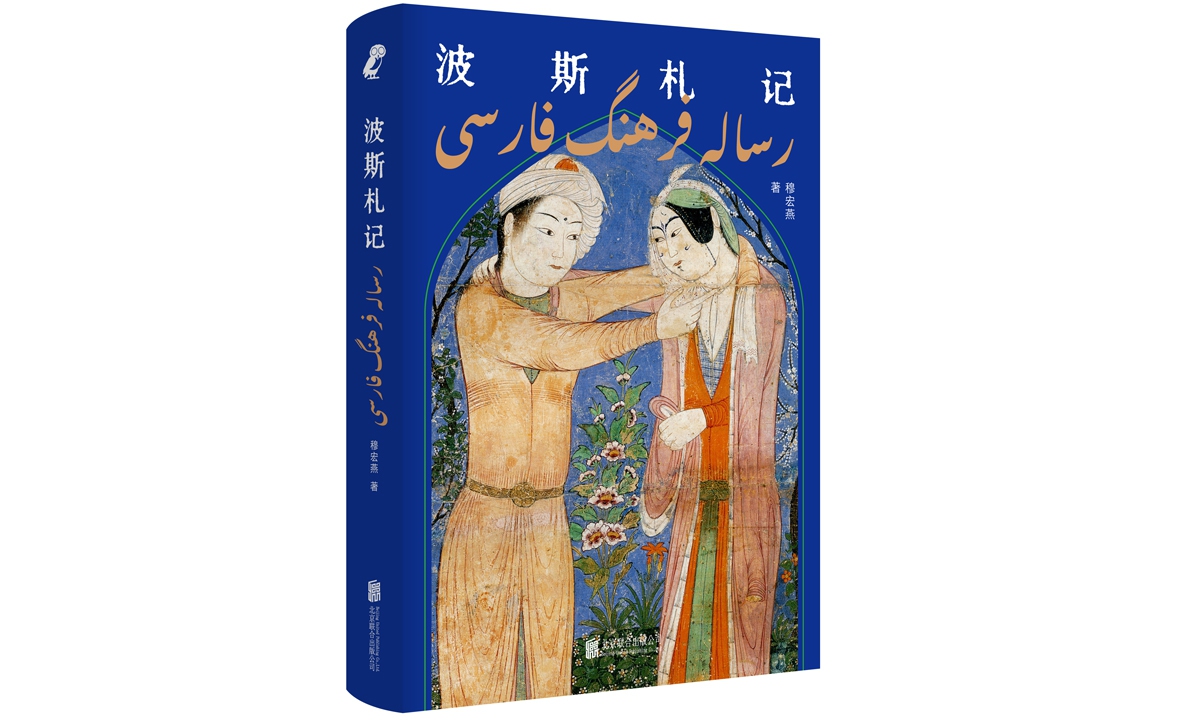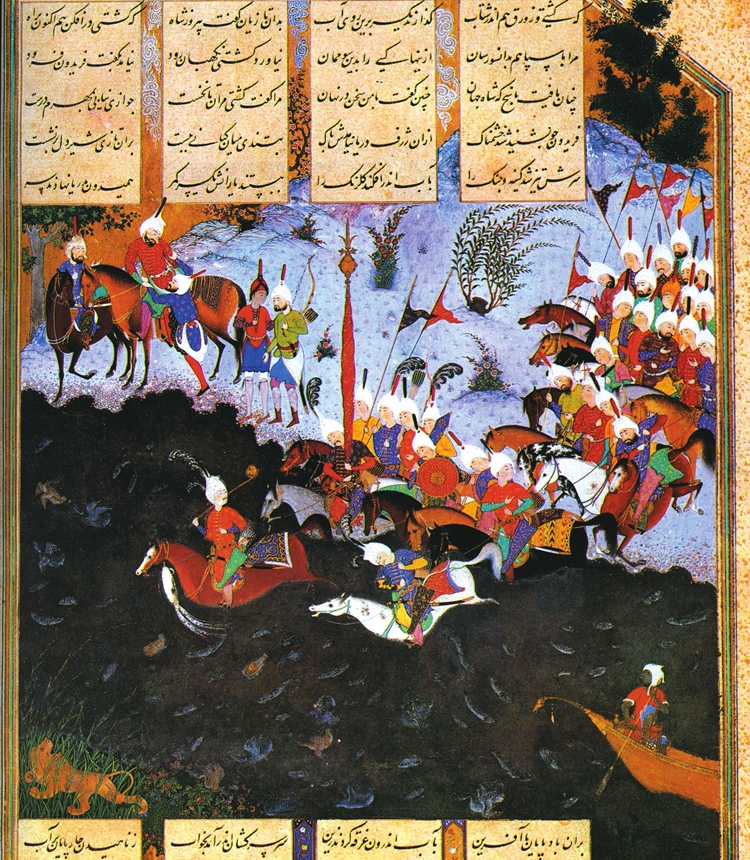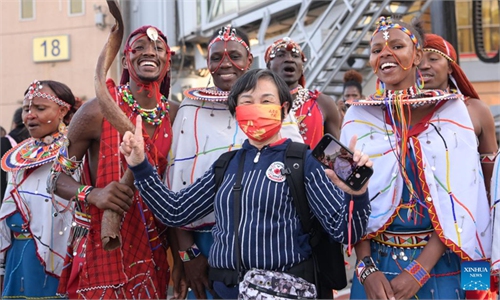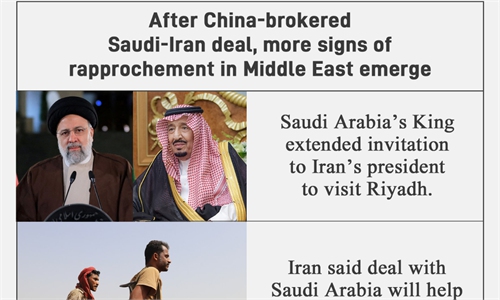ARTS / CULTURE & LEISURE
Ancient art exchanges pave way for China, Iran’s joint future: Persian cultural expert
Civilizations drawn closer

The book cover of Bosi Zhaji, or Notes on Persia Photo: Courtesy of Beijing United Publishing Company
The Arsacid dynasty, or Arshakuni (247BC-AD224), an ancient dynasty that ruled the Parthian empire, has been considered by scholars as having one of the longest reigns over Persia, modern-day Iran.
As time passed, the references revealing the mysterious dynasty have been hard to find, but still, archaeologists and scholars found traces of the Arsacid dynasty from historical records of ancient exchanges with other civilizations, including China.
"It was during the Arsacid dynasty that China and Iran built their diplomatic ties at the state level for the first time in history," Mu Hongyan, a Persian cultural professor at the School of Asian Studies, Beijing Foreign Studies University, told the Global Times in a recent interview about her new book.
Historically, the Han Dynasty (206BC-AD220) envoy Zhang Qian's deputy came to Iran and received a warm welcome over 2,000 years ago.
In her newly published book Bosi Zhaji, or Notes on Persia, Mu described on this scene.
"Right before the envoy's arrival at Arsacid, the state sent a large cavalry of 20,000 to show its hospitality to the Han envoy. Such hospitality not only showed the dynasty's grand etiquette and respect for the Han Dynasty, but also shows [the king] Arsaces' own demeanor."
The book also depicts the charm of this ancient country, and notes an indispensable cultural relationship between Iran and China since ancient times.
But why should we know more about this ancient civilization?
"The place [Persia] has been an exchanging hub for cultural communication between the East and the West. It connects India, China, ancient Egypt, Rome and other civilizations. It is the crossroad of worldwide ancient civilizations," Mu noted.
"Having an in-depth understanding of Persian civilization is important for us to have a full picture of the world."
Radiation and integration
Inside the cave No.112 of the Mogao Caves in Mogao, Northwest China's Gansu Province, the music and dance scene showing the playing of the pipa behind the back has been seen as one of the most iconic symbols dating back to the Tang Dynasty (618-907).
Known as the "King of Chinese traditional instruments," this ancient string instrument takes on a deep cultural meaning for both China and ancient Iran.
Though there is no written evidence of how the exchanges happened in music between the two, scholars believe that the pipa was introduced from Persia, where the Persians called it barbat.
There are countless examples of similar exchanges. And some of them are unexpected.
As many historical references record, the exchanges between the two ancient countries are not limited to paintings and instruments, but also involve fragrances and flowers such as jasmine and saffron, as well as works of literature such as poems.
"The reason I wrote this book mainly comes from my obsession with the culture, but also, I want my readers to have a basic understanding of the ancient and profound Persian civilization, and to see the influence and radiation of Persian culture on its neighbors," said Mu.
"Although Persia is not the oldest ancient civilization, it has had a strong power, absorbing and integrating elements from other civilizations," Mu noted.
"They learned from their neighbors, including the entire ancient eastern Mediterranean civilization as well as India and China, which can be seen from the examples above.
"Though the Persian civilization has undergone a major transformation after Islam, its cultural heritage for thousands of years has not been broken, and still nourishes the Iranian people," Mu noted.

An inserted picture in the book Notes on Persia that depicts Iranian troops crossing the Amo River Photo: Courtesy of Beijing United Publishing Company
More to expect
Ancient Iranian and Chinese cultures had a lot of exchanges and interactions back to that time.
However, the communication and interaction between the two decreased sharply with the economic rise of Europe after the Industrial Revolution.
Mu believed that China's foreign cultural exchanges should not look at the West by skipping Central Asia.
And she said that it is a good signal that "cultural exchanges between China and Iran are becoming more and more frequent in the 21st century."
In February, China and Iran agreed in a joint statement that the two countries will accelerate bilateral cooperation plans, and join hands in multilateral frameworks to contribute to regional and global peace and stability.
The statement covered politics, security and defense, economic development, education and culture issues, as well as regional and international affairs.
Various cultural exchange activities are also being promoted.
In 2017 and 2019, the Beijing International Book Fair and Tehran International Book Fair were separately held with two countries as each other's guest of honor.
As early as 2021, China's National Cultural Heritage Administration also signed a joint statement to implement cultural heritage protection with the Iranian counterpart, where the two sides will carry out moves in many fields, including joint archaeology, cultural heritage protection and restoration, and museum exhibition exchanges, as well as prevention of illegal trafficking of cultural relics.
"Now, many Iranian people come to China to travel and to live. They record China's rapid development and show authentic Chinese society to the world. I believe that cultural exchanges between China and Iran will become more and more frequent in the future," noted Mu.


